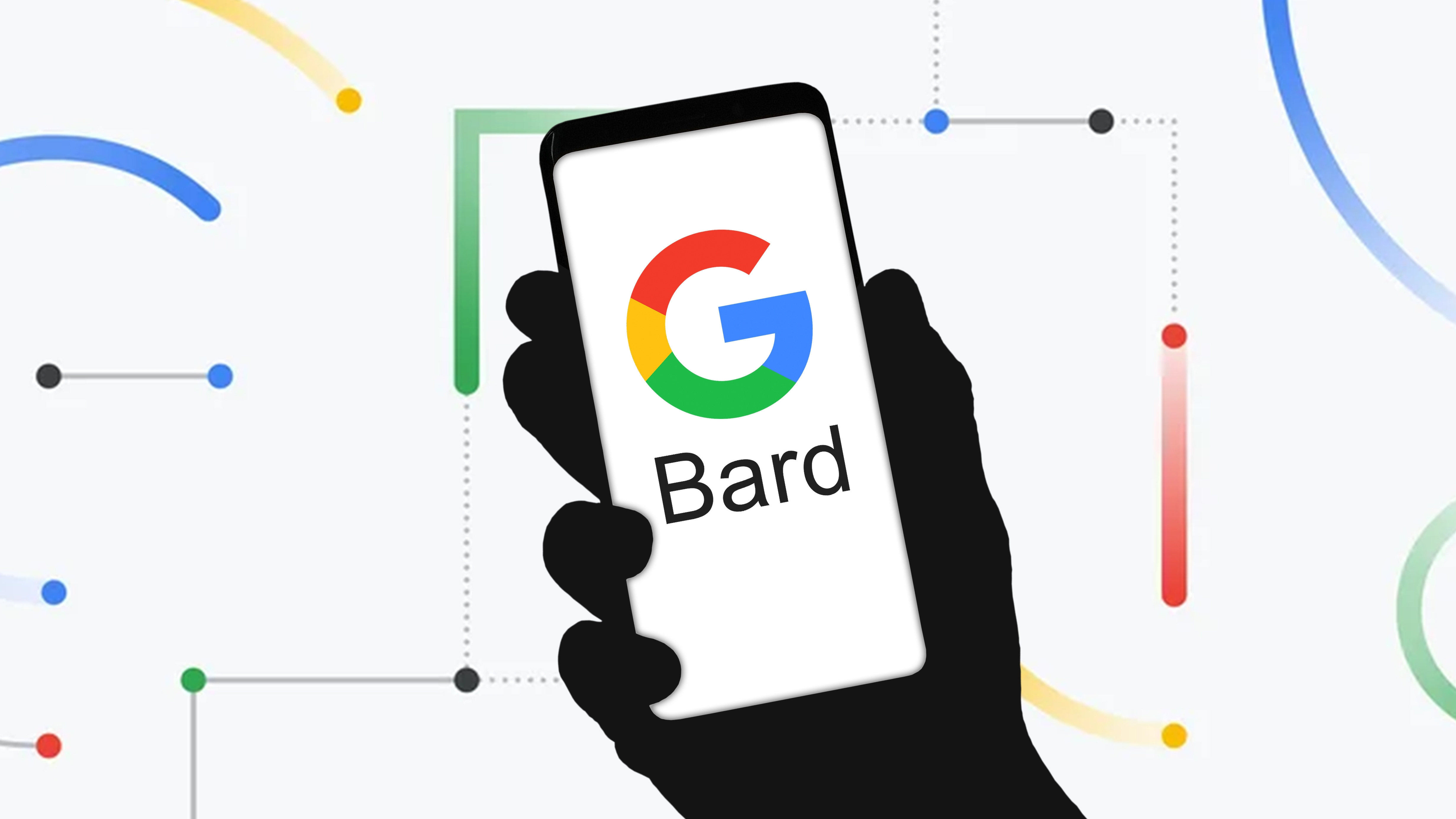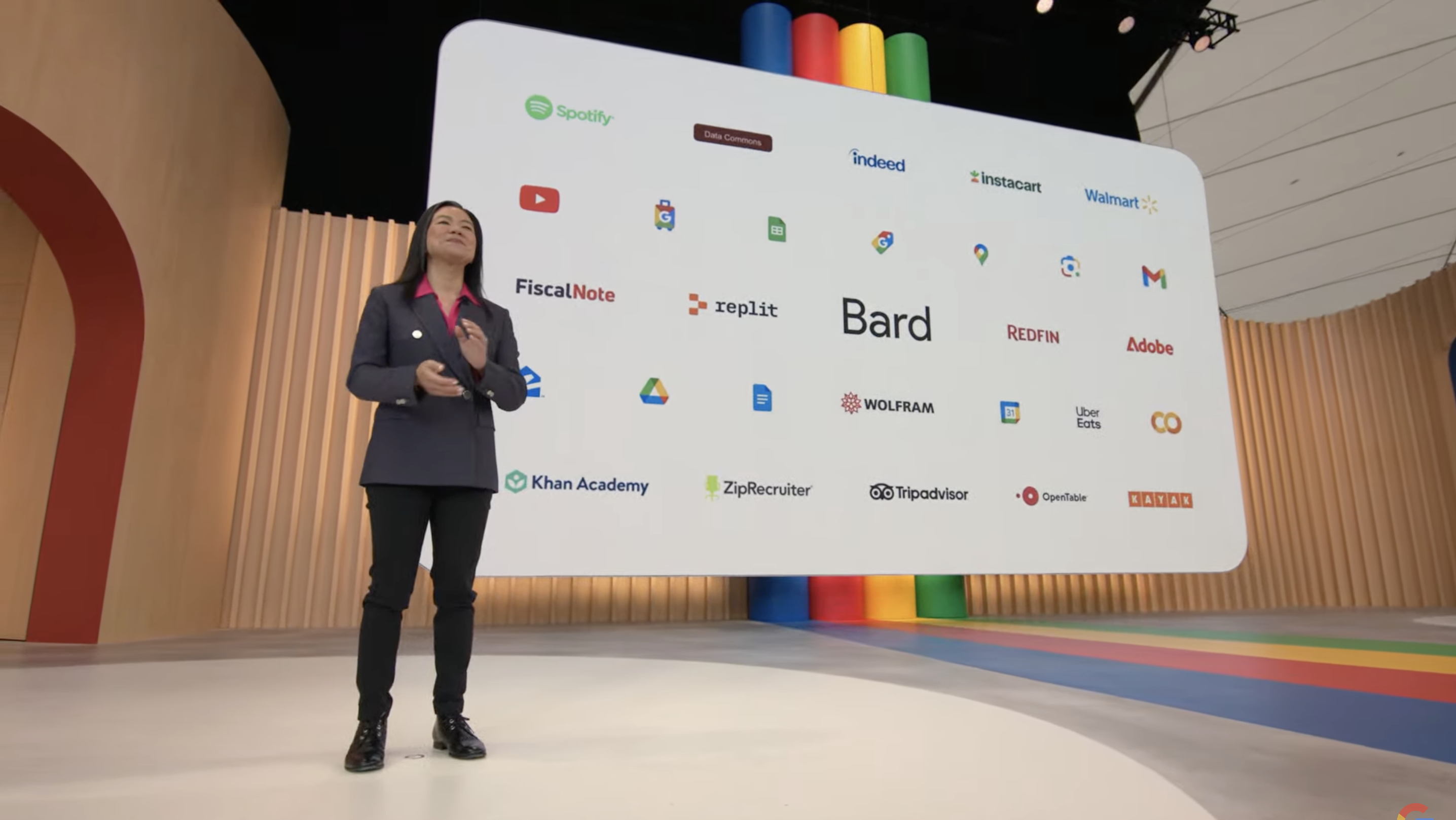
The star of Google’s recent I/O developer keynote wasn’t the Pixel 7a or even the Pixel Fold, it was artificial intelligence. Incorporated into just about every Google product available, Google’s AI standard-bearer is the Google Bard chatbot, which has just had its waitlist removed so anyone can sign up. Well, unless you live in Europe.
That’s because although Google is making Bard available in 180 countries and territories across the world, none of the European Union’s 27 member states make the cut. That's (roughly) 451 million people who can't use Bard without resorting to a VPN. There’s been no word on why it’s the case but EU regulators haven’t been especially welcoming of AI in recent months. Italy banned ChatGPT until OpenAI agreed to comply with a list of measures around transparency and data rights.
Meanwhile, the bloc is currently in the process of producing the first comprehensive piece of regulation governing the rollout of AI. The so-called AI Act was greenlit last week and tentative adoption is scheduled for June. So it's highly likely Google is monitoring the process before allowing Bard to launch in the region.
Nicolas Moës, director of European AI governance at think tank The Future Society, confirmed as much to Wired: “[It’s possible] they are taking the opportunity to send a message to MEPs just before the AI Act is approved, trying to steer the votes and to make sure policymakers think twice before trying to govern foundation models."
Google doesn’t address the AI Act specifically, but confirms in vague terms that: “We’ll gradually expand to more countries and territories in a way that is consistent with local regulations and our AI principles.”
Even without the Act, the European Union’s GDPR makes demands on companies engaging in data processing of its citizens. And, thanks to the UK’s decision to leave the European Union, Bard is freely available to use in that country.
A better Bard

During last week’s I/O keynote, Google announced several updates to Bard to make the chatbot even more powerful.
For starters, it’s now powered by PaLM2 — an upgraded large language model trained on over 100 languages and Google’s rival to OpenAI’s GPT-4. With this new model, Bard also gains the ability to apply context as well as understand idioms, poems and riddles.
Furthermore, PaLM 2 has been trained on over 20 programming languages (including C++, Python, JavaScript as well as specialized ones like Prolog) to improve its production and debugging of computer code.
It will also start being able to produce images thanks to Adobe’s AI art generator Firefly through an extension, not to mention its incorporation into other Google and third-party services. Finally, it’s also getting dark mode.
“Looking ahead, we’ll introduce new ways to fuel your imagination and curiosity by integrating the capabilities of Google apps and services you may already use — Docs, Drive, Gmail, Maps and others — right into the Bard experience,” explained Sissie Hsiao, VP and general manager of Google Assistant and Bard.
“And of course, you’ll always be in control of your privacy settings when deciding how you want to use these tools and extensions.”
Your move, Europe.







